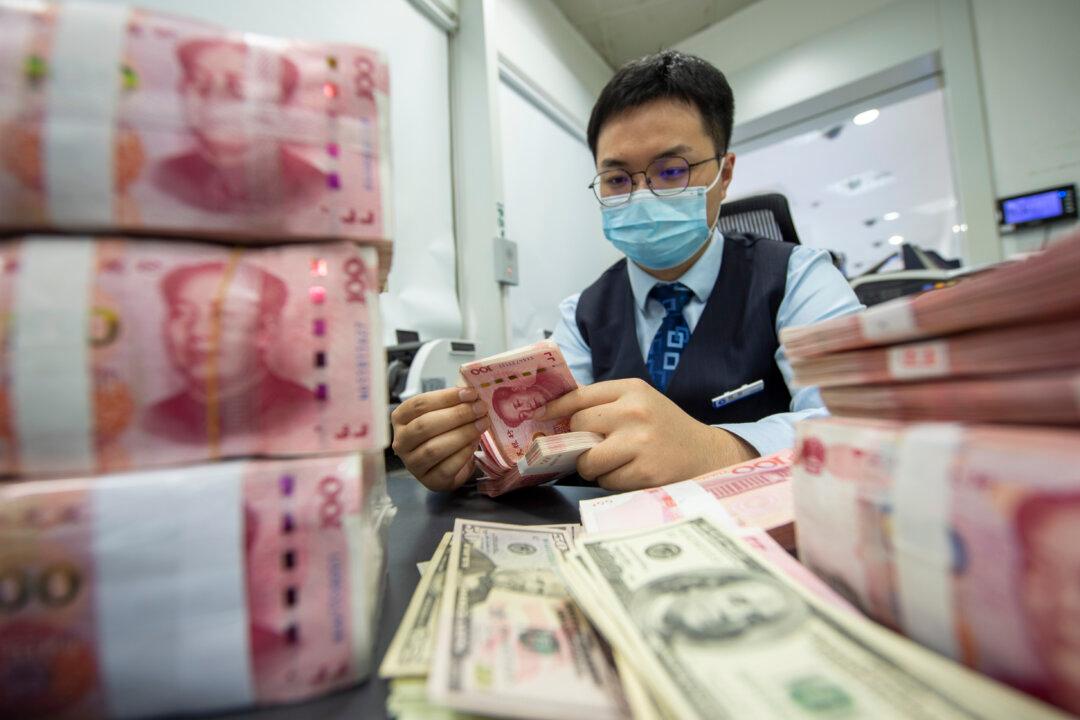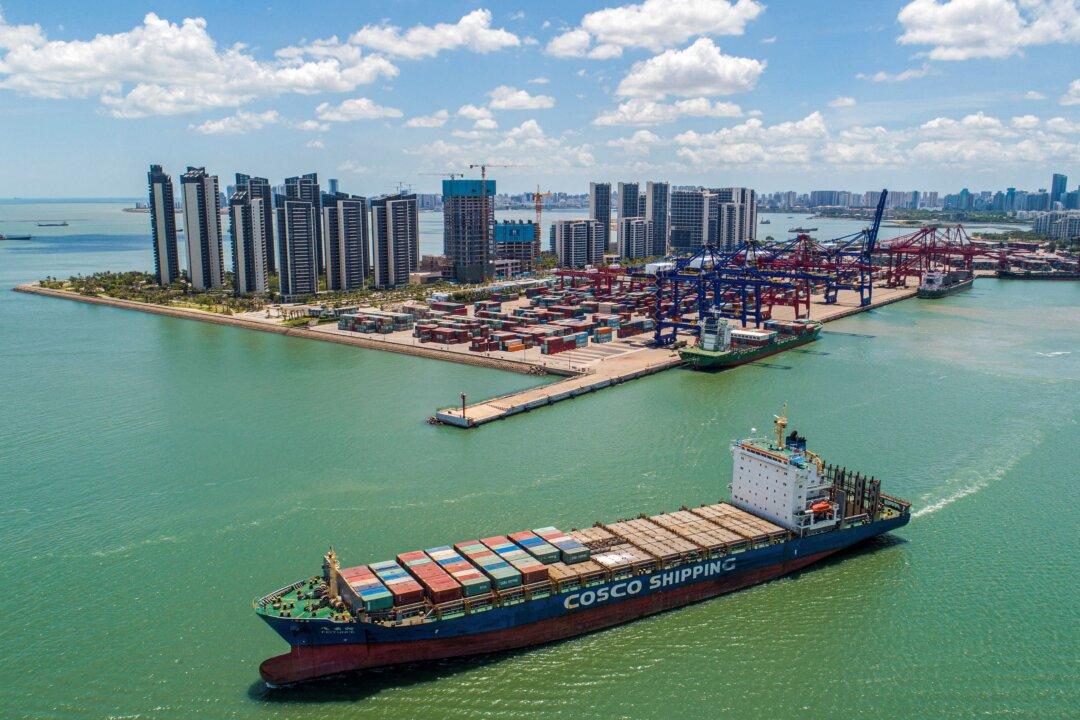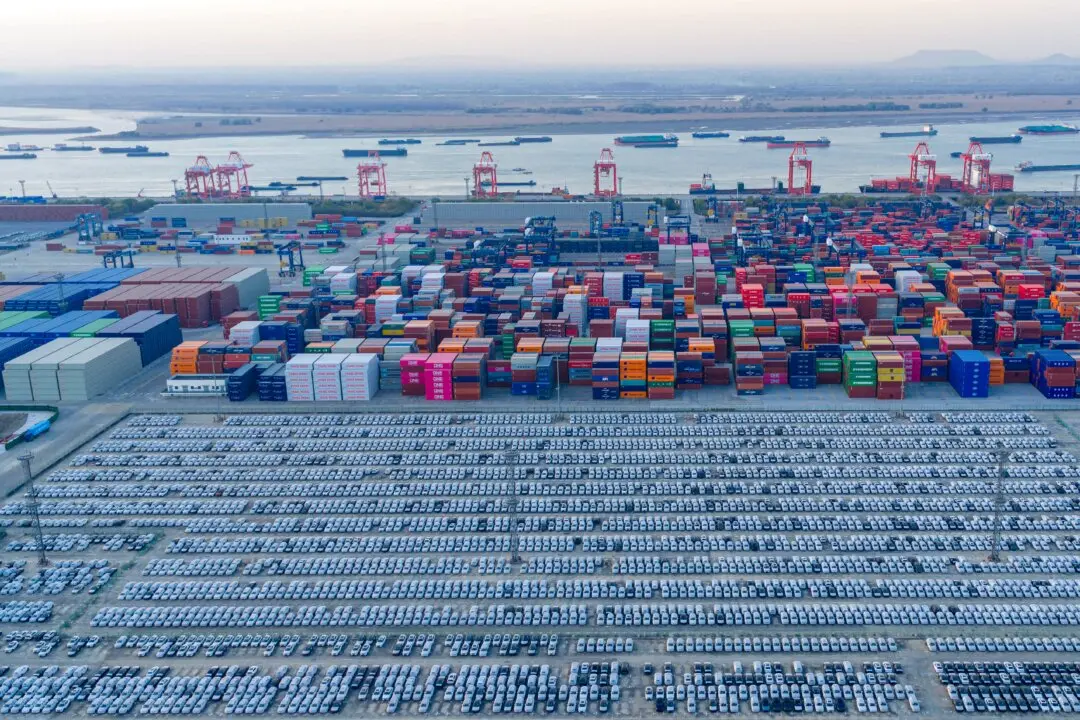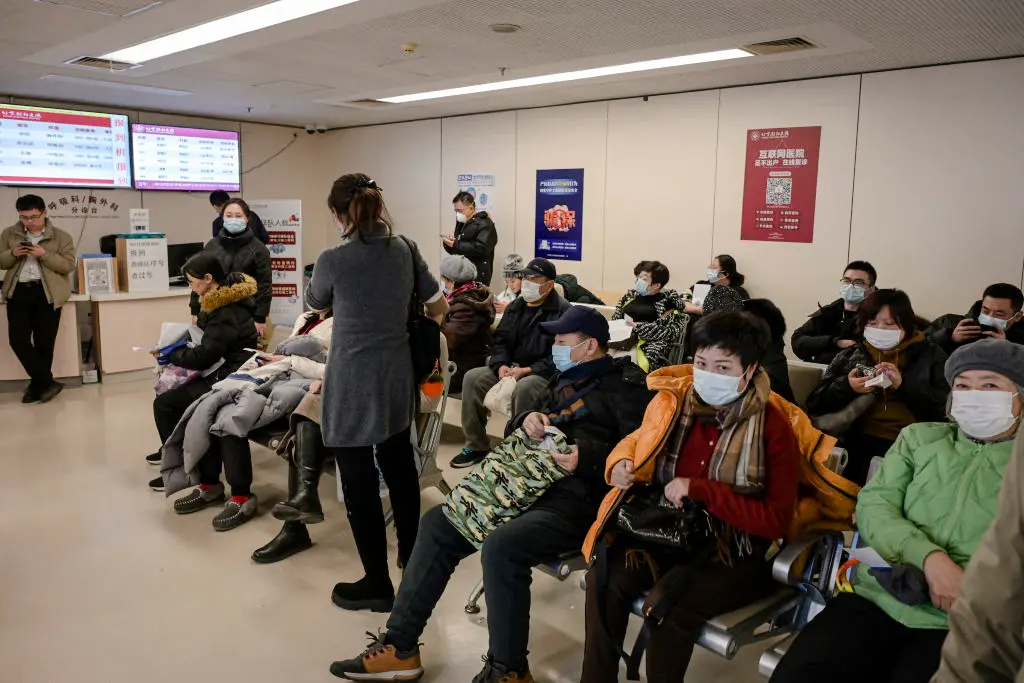The Chinese communist regime issued about 4.2 trillion yuan ($585 billion) in local government bonds in the first 7 months of this year, nearly half of which were refinancing bonds used to pay old government debts, the latest data show.
According to the ruling Chinese Communist Party’s (CCP’s) Ministry of Finance’s data, in May alone 903.6 billion yuan ($126 billion) in bonds were issued, the highest in a single month in the first half of the year.




